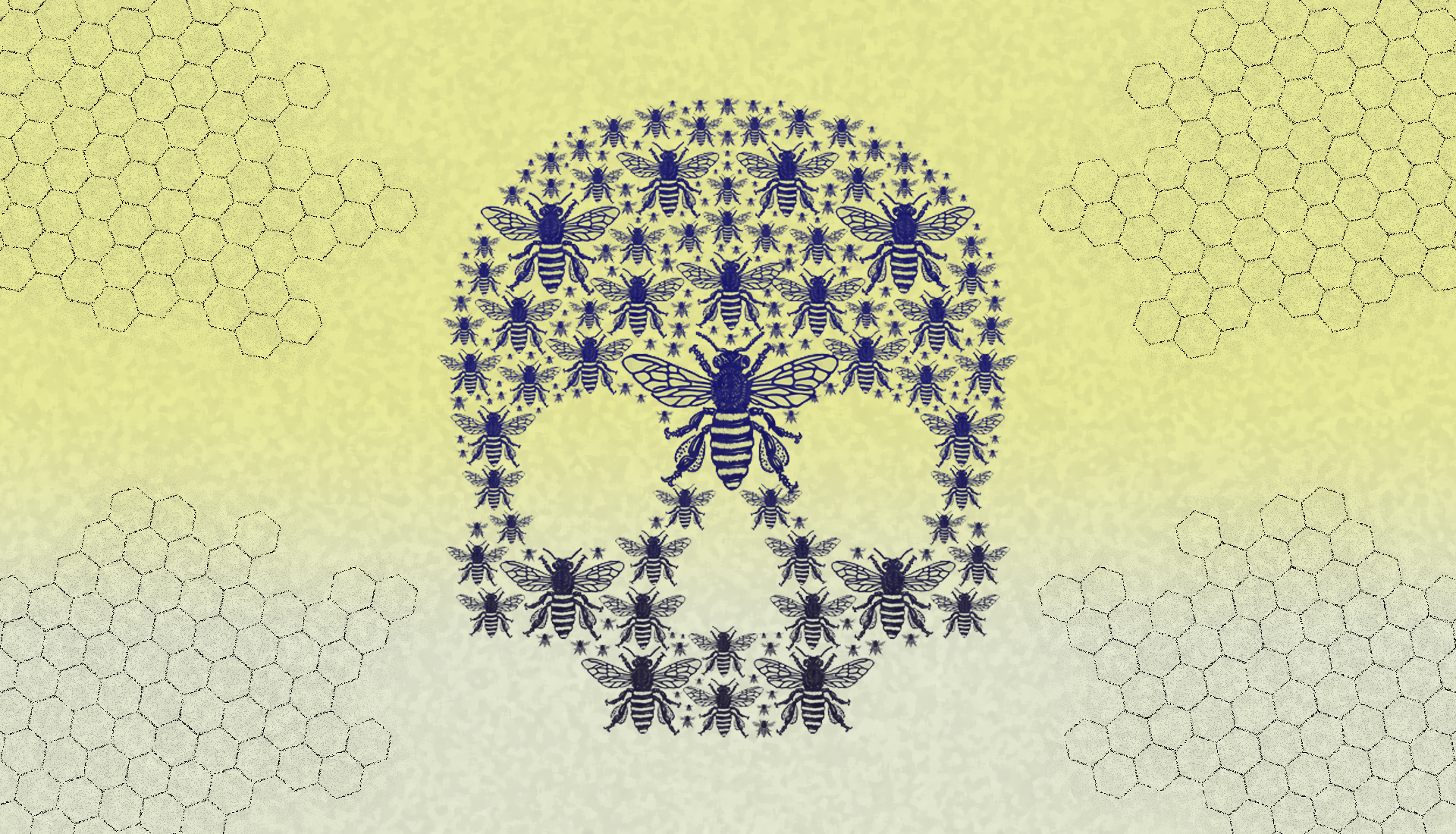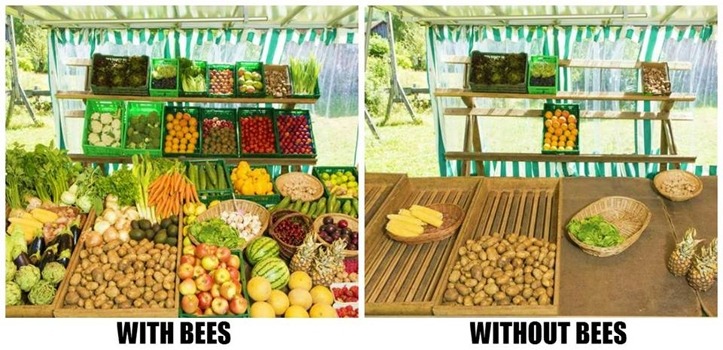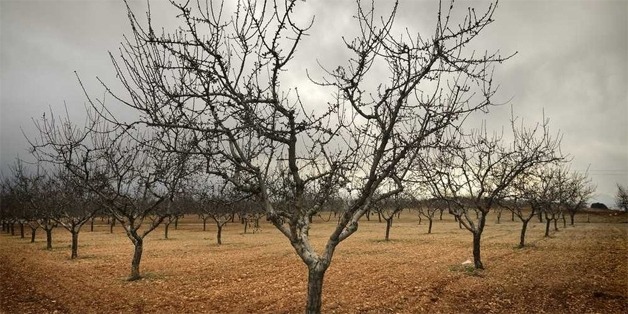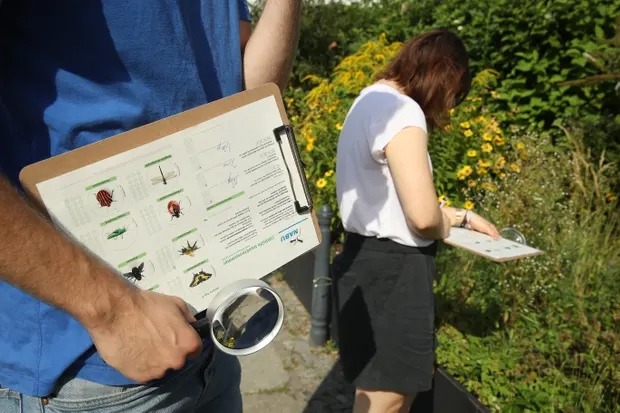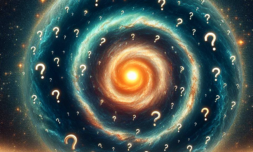Scientists have been shouting about the dire consequences of plummeting insect populations for years, and it’s time we paid attention.
The first Global Scientific Review of insect populations came out in 2019, and it served to emphasise something that the entomological community was already well aware of: the world’s insects are hurtling towards extinction. The report went so far as to call the steep reduction an ‘extinction event’, stating that it would easily lead to a ‘catastrophic collapse of nature’s ecosystems’.
Almost a year has passed, and the situation is only growing worse. The analysis shows that more than 40% of insect species are declining, and a third are endangered. Their rate of extinction is eight times faster (yes eight) than mammals, birds, and reptiles. The total mass of insects on Earth is falling by approximately 2.5% a year.


The consequences of this decimation are far reaching. It doesn’t just mean an empty honey jar. Insects pollinate plants, which we eat. They get eaten by mammals, which we eat. They are an integral and irreplaceable facet of the biosphere. When asked to imagine what would happen is insects were to disappear completely, scientists tend to find words like ‘chaos, collapse, Armageddon’ and ‘apocalypse’.
And the cause of all this? You guessed it. Us.
How bad actually is it?
Bad. The current worldwide loss of biodiversity is popularly known as the sixth extinction: the sixth time in world history that a large number of species have disappeared in unusually rapid succession, caused this time not by asteroids or ice ages but by humans. When we think about losing biodiversity, we tend to think of the last northern white rhinos protected by armed guards, or of polar bears dwindling on ice caps. Extinction is an emotive tragedy, and it’s one we all understand – the word brings up a feeling of permanence.
We’ve named and described a million species of insects, a stupefying array of gnats and firebrats and froghoppers (yes you can google all of these) and other families of bug that even experts can’t name. There are 12,000 types of ant, 20,000 varieties of bee, and almost 400,000 species of beetle. A bit of healthy soil, a foot square, and two inches deep might easily be home to 200 different species of mites, each with a subtly different job to do. And yet entomologists estimate that all this amazing, absurd, and understudied variety represents perhaps only 20% of the actual diversity of insects on our planet – that there are millions of insect species that entirely unknown to science.


That’s what makes the 2.5% rate of annual loss over the past 25-30 so shocking. As ecologist Sánchez-Bayo told the Guardian in an interview, ‘it is very rapid. In 10 years you will have a quarter less [insects], in 50 years only half left and in 100 years you will have none.’
Last year’s report selected the 72 best studies on insect decline to assess the overall trends, finding that butterflies and moths are among the worst hit. The number of butterfly species in England fell by 58% between 2000 and 2009. Bees have also been seriously affected, with only half of the bumblebee species found in the US in 1949 being present in 2013. The number of honeybee colonies in the US was six million in 1974, but it is now under three million.
A small number of extremely adaptable species, like the West African bee, are increasing in number, but not nearly enough to offset the big losses. The speed and scale of loss has been stunning even to entomologists who were already anxious about bees and fireflies, or the increased cleanliness of car windshields the world over.











